
We’ve seen this house before, and here it is from a different angle. It sits on the side of a steep hill, and the best way to take in the front of it is to stand far away—in this case, in the South Side Cemetery.
Comments

We’ve seen this house before, and here it is from a different angle. It sits on the side of a steep hill, and the best way to take in the front of it is to stand far away—in this case, in the South Side Cemetery.
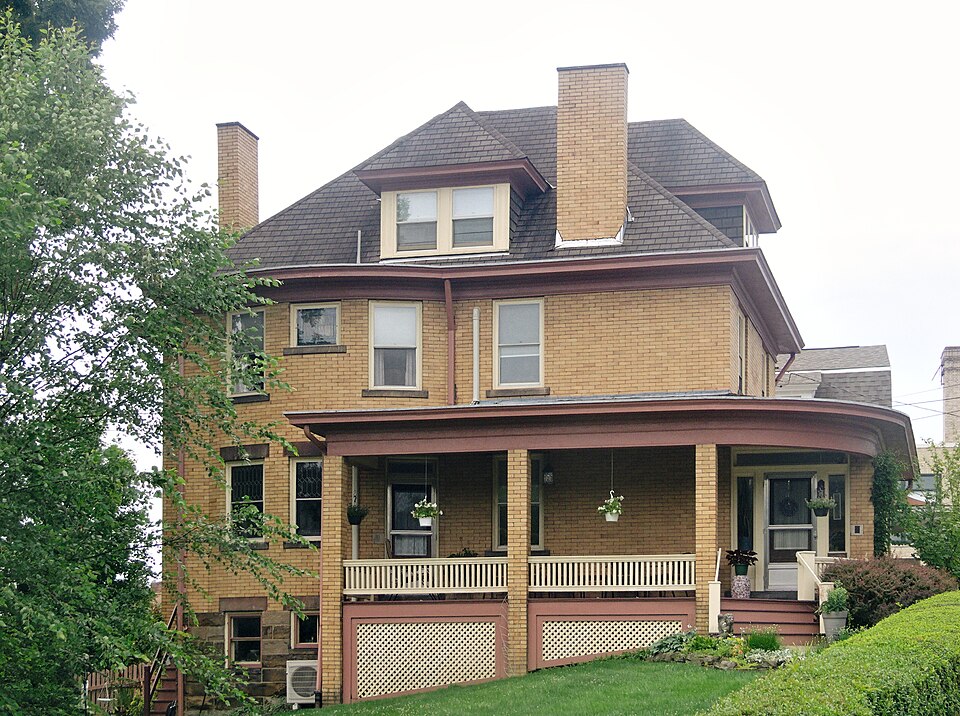
Ingram, a pleasant little borough in the Chartiers Valley, has a typically Pittsburgh assortment of house styles, from working-class frame houses to grand mansions. Here are just a few houses snapped at random while old Pa Pitt was taking a short stroll near the Ingram station. Above and below, a stately foursquare whose large lot makes room for a curved wraparound porch and sunroom.
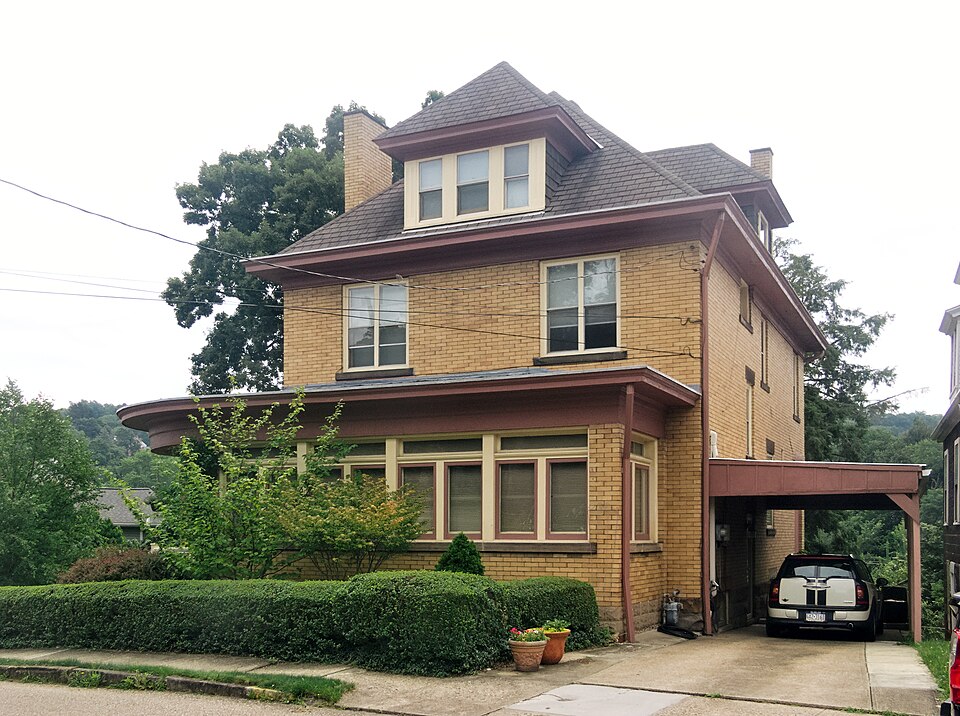
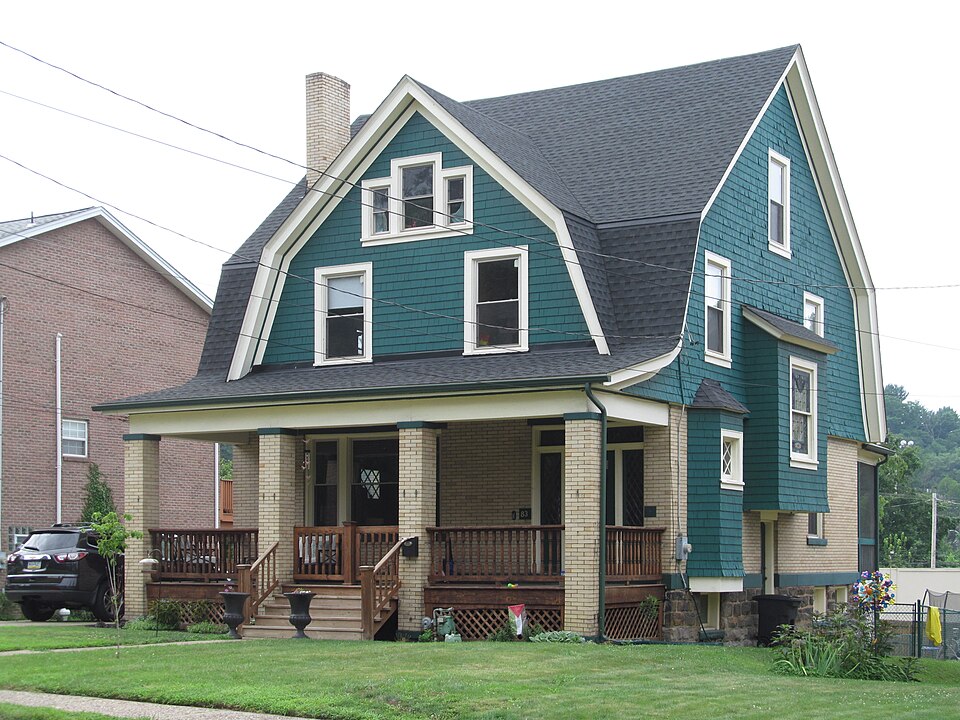
A Dutch Colonial that preserves its wooden shingles.


What appears at first glance to be another foursquare is actually a duplex, although it might have been built as a single-family house.
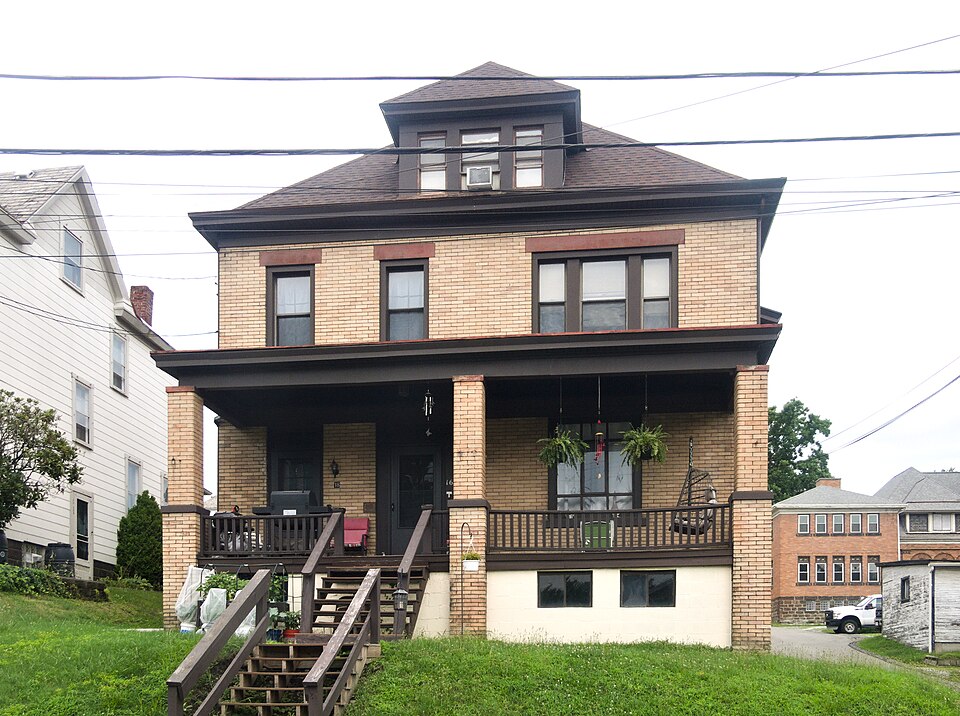

A tidy cottage that probably dates from the 1920s. Note the fat tapered Craftsman-style columns in front.

A huge, rambling center-hall house. Father Pitt suspects that the corner projection, which now has a flat roof, originally supported a square turret.
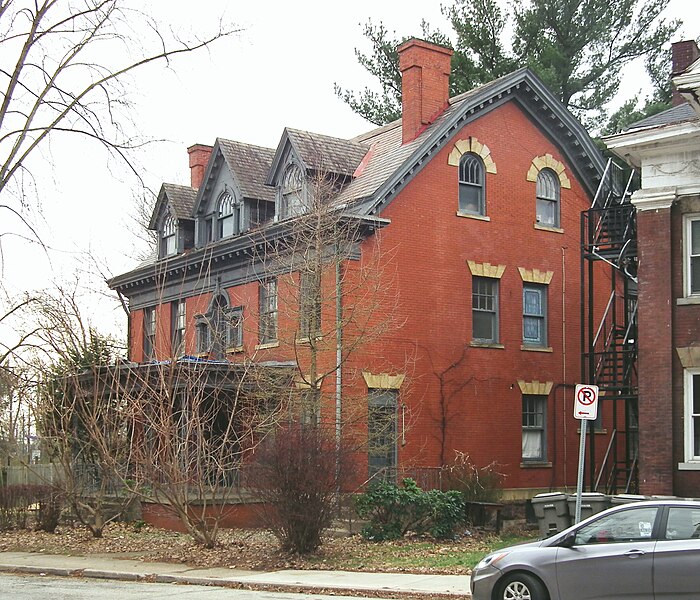
Perrysville Avenue started as a plank road, with tollgates, but in the second half of the nineteenth century it began to fill up as the spine of a pleasant suburban neighborhood of Allegheny. Today Perry Hilltop is a strange mixture of appalling decay and beautiful restoration: it has never quite got off the ground as a trendy neighborhood, but some of the houses have been beautifully preserved. The splendid Dutch Colonial mansion above, for example, is in very good shape. Note the original windows. It was probably built around the turn of the twentieth century.

A Victorian frame house that preserves some of its original details, including the trim around the windows. It appears on an 1882 plat map, so it probably dates from the 1870s.


This center-hall manse has a third-floor dormer that, fortunately, no one has ever had the money to modernize.

This house was probably built at some time around the First World War.
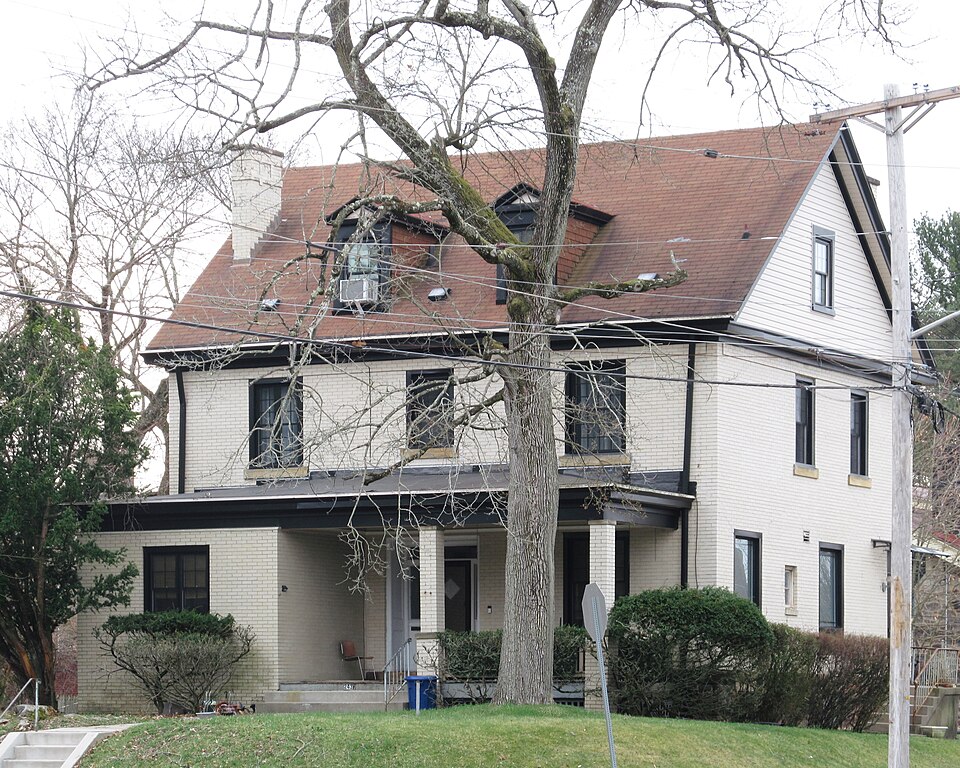

Pine Road is a short street in a very tony section of Sewickley. Here are two fine houses in very different styles. First we have an Italianate house, probably dating from the 1880s or so.




Here is an elegant Dutch colonial with a fine growth of ivy on one of its chimneys.




Old Pa Pitt knows exactly two things about the architect W. E. Laughner: first, that he had his office in the Ohio Valley Trust Building; second, that he designed this house for his own home. Both facts come from one small listing in the American Contractor for July 14, 1923: “Coraopolis, Pa.—Res. 2½ sty. & bas. Ridge av. Archt. W. E. Laughner, Ohio Valley Trust bldg. Owner W. E. Laughner, Ridge & Chestnut sts. Brk. veneer. Drawing plans.”

At any rate, this is an interesting variant on the Dutch Colonial style, with Arts-and-Crafts details that make it stand out from its neighbors. It was a good advertisement for Mr. Laughner’s architectural practice, and we suspect there are many Laughner houses lurking here and there waiting for us to discover.


This little house in the Dutch Colonial style caught Father Pitt’s eye as he was wandering in Mount Lebanon.

The materials and colors (though certainly not the roofline) reminded old Pa Pitt of a Dutch colonial house in Hurley, New York: the Bevier house at 25 Main Street, built in about 1720.

This picture was taken in 2000, but not much has changed, according to photographs on line.